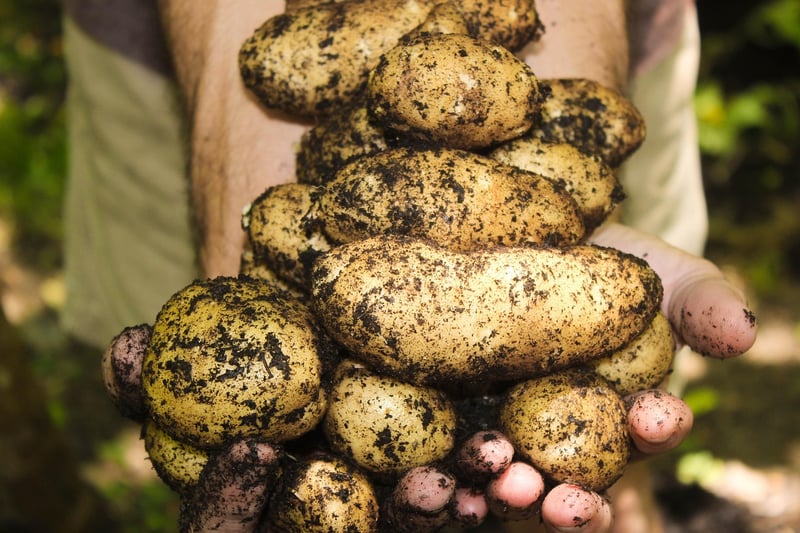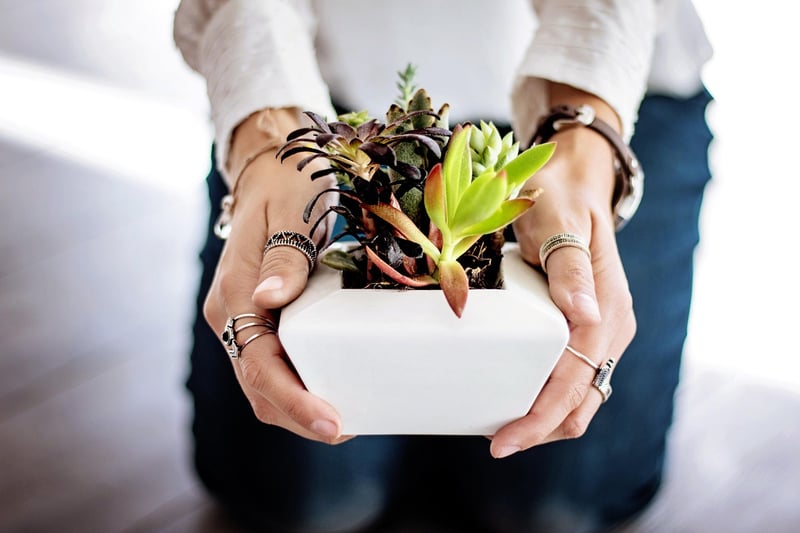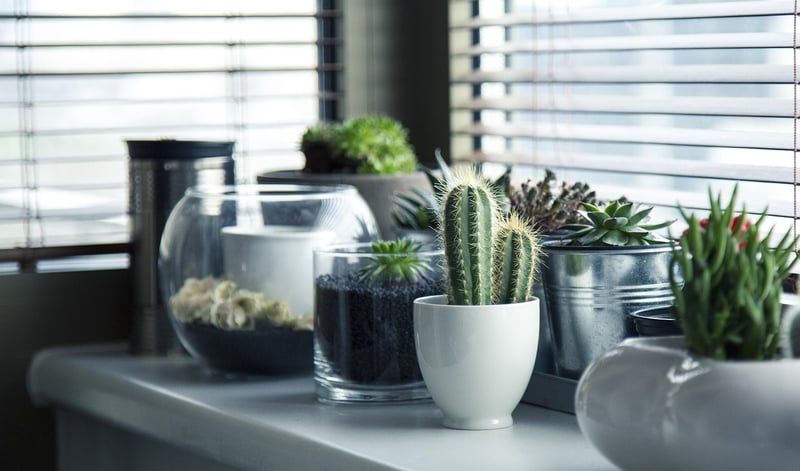Indoor Gardening Tips
Tips for Urban Gardeners
1. Utilize Vertical Space
Make the most of limited space by using vertical gardening techniques. Hang planters on walls or fences, or invest in a vertical garden system to grow herbs, flowers, or even vegetables.
2. Choose Compact Plants
Opt for compact varieties of plants that are well-suited for small spaces. Look for dwarf fruit trees, bush varieties of tomatoes, or small herbs that can thrive in containers.
3. Container Gardening
Grow your plants in containers to maximize flexibility and mobility. Use pots, window boxes, or hanging baskets to create a portable garden that can be moved around as needed.
4. Utilize Natural Light
Place your plants in areas with adequate sunlight. Consider using reflective surfaces to bounce light onto your plants if your space is shaded.
5. Watering Techniques
Be mindful of watering needs, especially in small containers that can dry out quickly. Consider using self-watering containers or installing a drip irrigation system to ensure your plants receive adequate moisture.
Indoor Gardening Tips
1. Choose the Right Plants
Select plants that thrive indoors and can tolerate lower light levels. Popular indoor plants include spider plants, pothos, snake plants, and peace lilies.
2. Provide Adequate Light
Place your indoor plants near windows or supplement with grow lights to ensure they receive the light they need for healthy growth.
3. Monitor Humidity Levels
Indoor environments can be dry, especially in winter. Increase humidity levels by misting your plants, using a humidifier, or placing a tray of water near your plants.
4. Regular Maintenance
Check your indoor plants regularly for pests, yellowing leaves, or signs of disease. Prune as needed, and repot when roots outgrow their containers.
5. Fertilize Appropriately
Indoor plants may need fertilization since they are confined to pots. Use a balanced, water-soluble fertilizer according to the plant's needs to promote healthy growth.


Whether you're an urban gardener or tending to plants indoors, these tips will help you create a thriving green space in any setting.
